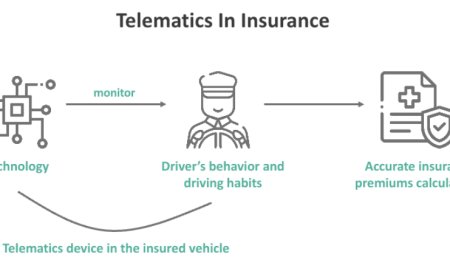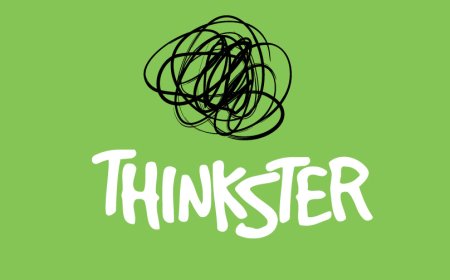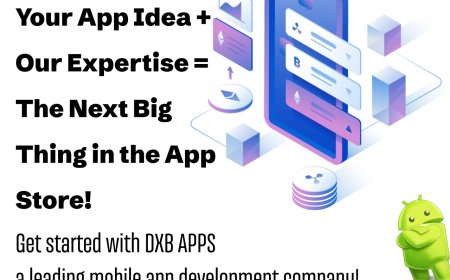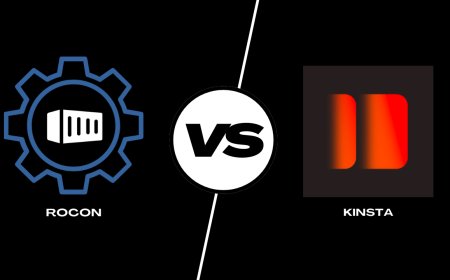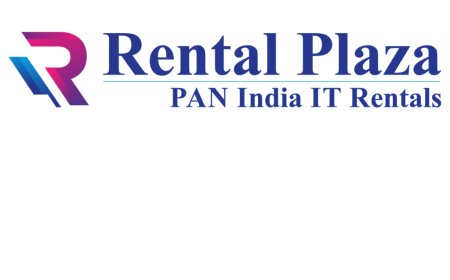Cost Considerations in Custom Software Development: Budgeting for Success
Learn what drives the cost of custom software applications and discover smart budgeting strategies to avoid overspending while maximizing business value.

Lets face itcustom software development isnt cheap. But when planned and executed well, the return on investment can far outweigh the initial cost. Whether you're building an internal tool to streamline operations or a customer-facing platform to elevate your brand experience, Custom Software Applications offer unmatched flexibility and control. That said, the biggest hurdle for most businesses isnt ideationits budgeting.
How much will it cost? What drives those numbers? Where do hidden expenses creep in? And more importantly, how can you build smarter, not just spend more?
This guide breaks down the core factors that influence the real cost of building custom software. Youll learn what factors impact pricing, how to prioritize spend, and how to avoid pitfalls that sink projects. Plus, well share strategies used by successful companies to deliver scalable software on time and within budget.
The Hidden Layers of Software Development Costs
Its easy to underestimate custom software costs because the finished product often hides the complexity behind it. Lets break it down.
1. Project Scope and Feature Set
Adding features increases both the development time and the resources needed to implement them. Adding layers like AI, analytics, or integrations can exponentially increase complexity.
-
MVP vs. Full Product: An MVP (Minimum Viable Product) focuses only on essential features, which can cut costs by up to 60% compared to a full-scale version.
-
Scalability Planning: If your product must serve a growing user base, early investment in scalable architecture is a must.
2. Team Composition and Expertise
Your team setup directly affects your budget. The hourly rates of developers vary significantly:
-
Junior Developer: $25$50/hour
-
Mid-level Developer: $50$100/hour
-
Senior/Architect-level Developer: $100$200/hour
Youll also need project managers, UI/UX designers, QA testers, and sometimes DevOps engineers. More roles mean higher costs, but also lower risk and better results.
3. Technology Stack Choices
Some tech stacks require highly specialized developers or longer implementation time.
-
Open-source technologies can lower licensing costs.
-
Proprietary platforms might offer better performance or integrations but at a licensing premium.
4. UI/UX Design Depth
Great design doesnt just look goodit reduces support tickets, enhances adoption, and boosts ROI. But:
-
Custom designs = Higher cost
-
Pre-built UI templates cost less but may lack uniqueness and brand alignment
5. Integration Needs
Do you need to connect your software to payment gateways, CRMs, ERPs, or third-party APIs? These integrations require extra time, often unexpected debugging, and possibly additional licensing fees.
6. Testing & QA
Cutting corners on testing might save you upfrontbut it could cost you in post-launch bug fixes, user churn, and reputational damage. Plan to dedicate roughly 2025% of your total development effort to thorough testing and validation.
7. Security & Compliance
If youre in healthcare, finance, or education, expect extra effort for compliance with HIPAA, PCI-DSS, GDPR, etc. This includes encryption, access controls, and loggingall of which add cost.
Real-World Example: Budget Breakdown of a Custom CRM Tool
Softura partnered with a logistics firm to create a custom CRM tailored to their workflow and customer touchpoints. Here's how their $250,000 budget was distributed:
-
Business Analysis & Planning 10%
-
UI/UX Design 15%
-
Development 45%
-
Integration with ERP & Messaging Tools 10%
-
Testing & QA 10%
-
Project Management 5%
-
Support & Maintenance Plan 5%
The key takeaway? No line item exists in isolation. Each piece of the project supports another.
Location Matters: Regional Cost Comparison
Software development costs vary drastically based on location. Heres a rough hourly rate comparison:
|
Region |
Avg. Hourly Rate |
|
US/Canada |
$100$200 |
|
Western Europe |
$75$150 |
|
Eastern Europe |
$30$75 |
|
South Asia (India, Pakistan) |
$20$50 |
|
Southeast Asia (Philippines, Vietnam) |
$25$6 |
Outsourcing or partnering with offshore/onshore hybrids can reduce costsbut requires clear communication, solid project management, and time zone alignment.
Budgeting Smarter: 7 Strategies for Success
1. Build in Phases
Start with a core MVP. Test it. Iterate. Avoid the temptation to do everything at once.
2. Use Agile Methodology
Agile lets you work in sprints, releasing functional parts while maintaining budget control.
3. Reuse and Repurpose Code
Smart developers dont reinvent the wheel. Ask your partner to leverage reusable libraries and templates when appropriate.
4. Prioritize Features by ROI
Dont treat all features equally. What moves the needle fastest? Start there.
5. Validate Ideas Before Building
Use clickable prototypes, surveys, or interviews to test ideas before coding them.
6. Establish a Change Management Process
Scope creep kills budgets. Have a plan for reviewing and approving changes before they derail timelines.
7. Factor in Post-Launch Costs
Hosting, support, analytics, updatestheyre all ongoing. Set aside around 1520% of your initial development budget for annual maintenance and support.
The Hidden Costs Most Teams Forget
Even seasoned tech leaders miss some of these:
-
Data migration from old systems
-
User training and onboarding materials
-
Licensing fees for third-party tools
-
Legal fees for compliance
-
Downtime costs during deployment or migration
-
Budget 510% of your project for these known unknowns.
What C-Level Leaders Should Ask Before Approving Budgets
As a C-level executive, your concerns go beyond techyou care about business value. Before greenlighting a budget, ask:
-
What KPIs will we measure ROI on?
-
Whats the cost of doing nothing?
-
Is this build aligned with our 1218 month goals?
-
What risks are we accepting by outsourcing/insourcing?
-
Whats the expected time to break even?
These arent just financial questionstheyre strategic ones.
Case Study: Saving $80K by Redefining Scope
A manufacturing client came to us with a $300K custom inventory app spec. After running a discovery sprint, we realized 30% of the features were barely used in their current system. By focusing only on high-use, high-impact functions and reusing some of our internal libraries, we delivered the project at $220Kunder budget and ahead of schedule.
Lesson? Strategy saves money.
Conclusion: The Cost Is an InvestmentIf Done Right
Custom software isn't a one-time purchase. It's a business asset. When approached strategicallywith clear scope, phased releases, and smart budgetingit becomes a growth lever.
If youre planning to invest in Custom Software Applications, take the time to understand where your money goes and how to stretch it further without cutting corners.
Softura has helped organizations across industries build tailored solutions that deliver real valueon time and on budget. Ready to get a clear picture of your software development cost? Lets talk.





















